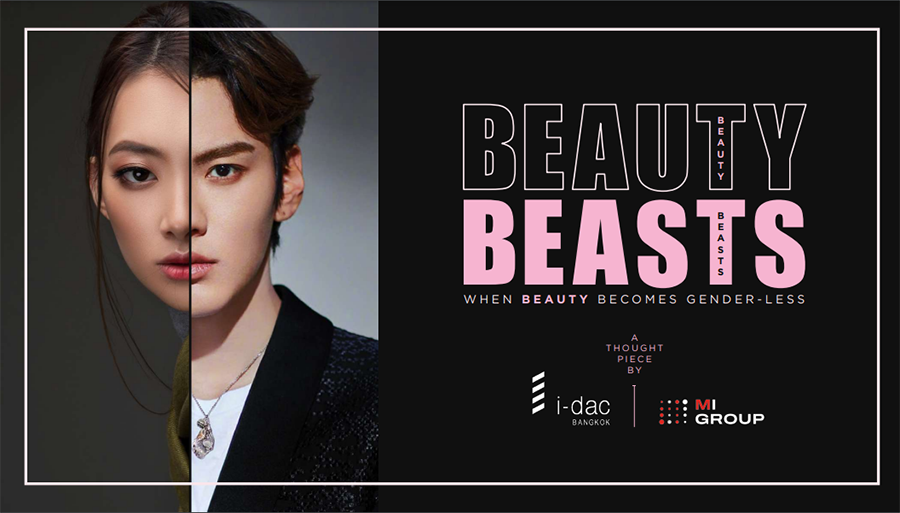A genderless future: Beauty and the young Thai adult | WARC | The Feed
The Feed
Read daily effectiveness insights and the latest marketing news, curated by WARC’s editors.
You didn’t return any results. Please clear your filters.

A genderless future: Beauty and the young Thai adult
New research by agencies i-dac (Bangkok) and MI Group investigates the impact of gender-neutral trends on Thai consumer attitudes toward "beauty", providing marketers with insight into the next big thing in beauty advertising.
Why it matters
By keeping beauty communications genderless and focusing on defining beauty as “self-care”, brands can connect with more potential consumers in a category that has been traditionally female.
Key insights
- Self-focus and self-care are strong traits seen among young adults, who prioritise their own physical and mental well-being before looking after those in their family or social networks.
- Brands must consider developing gender-neutral brand activities to create brand relationships with both men and women.
- They should position beauty as part of self-development because for consumers, beauty isn’t just about how they look but about being well-groomed and respectable adults.
- To continually grow the fan base and turn it into sales and repeated conversions, brands can maintain momentum of their communications by routinising beauty behaviours and inspiring its fans.
- In-store experiences complemented with social commerce and e-commerce activities can trigger more purchases.
- Offline media drives “explosive discovery”, while digital media is ideal for “quality reach and engagement”.
Background
The joint research by digital communication and technology agency i-dac (Bangkok) and media agency MI Group reached out to Thailand’s urban straight men 16-30 years old with middle-to-upper-class household income who regularly use makeup and with at least three types of women’s cosmetics, and urban women 20-35 years old with middle-to-upper-class household income who regularly use makeup and are passionate about K-pop culture, through an online quantitative survey of 414 target consumers (201 males and 213 females), with the findi
Email this content
